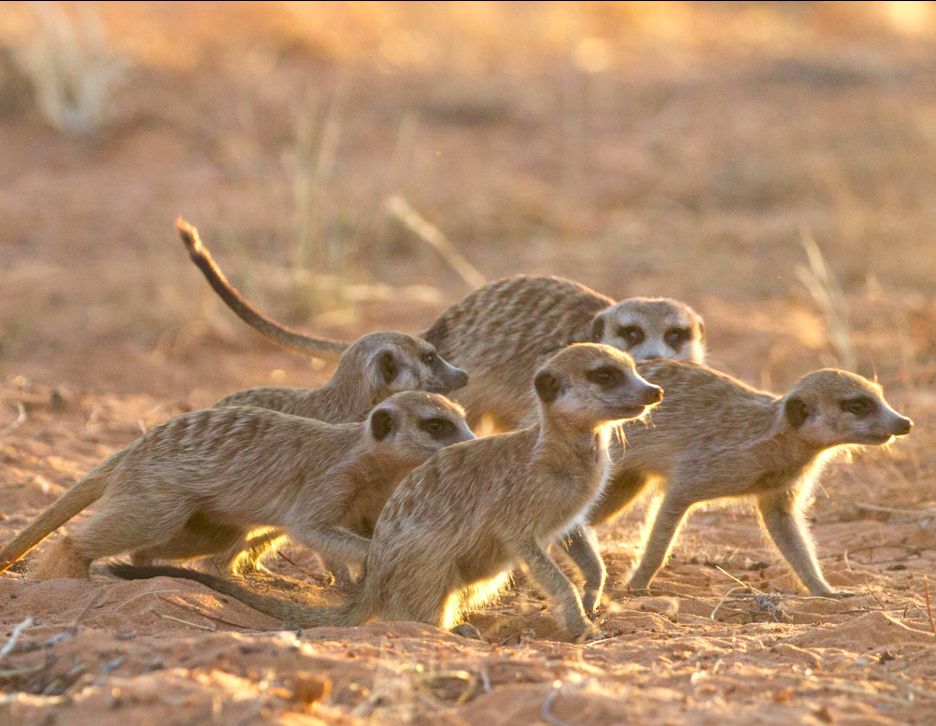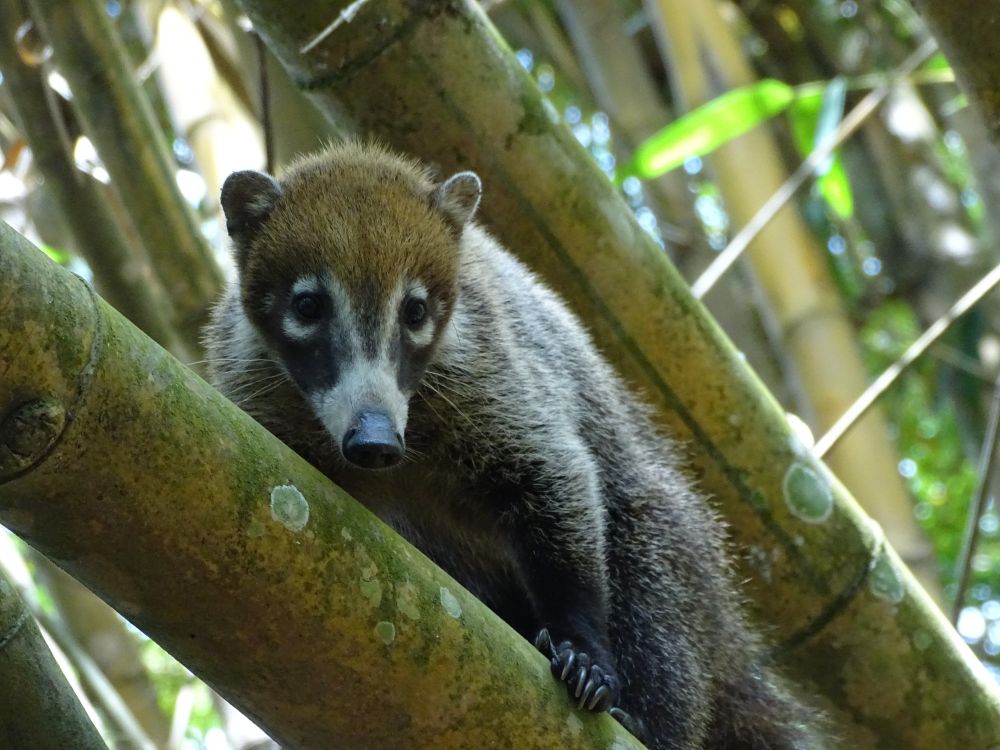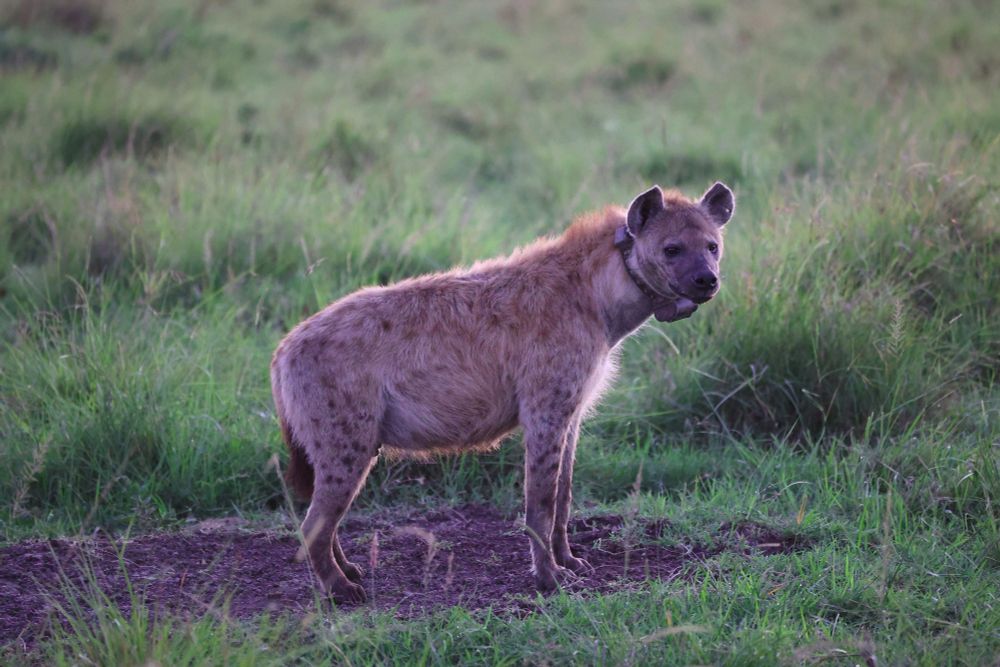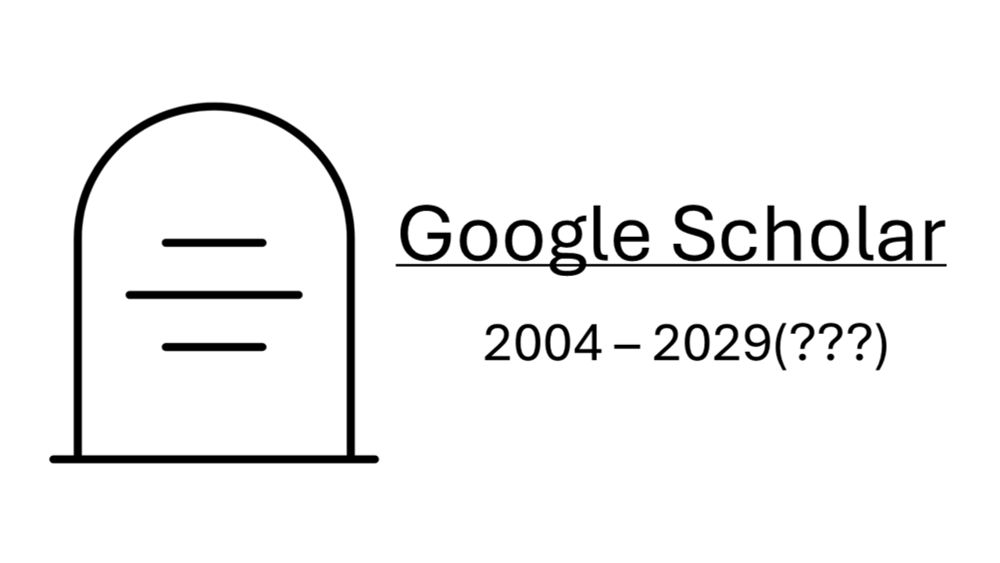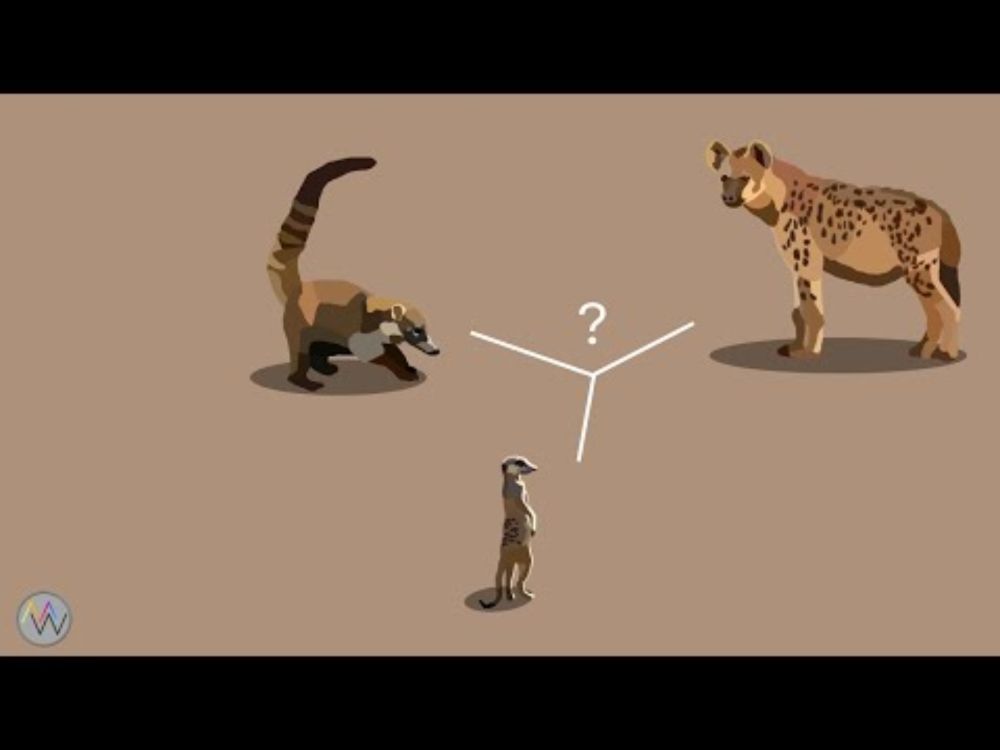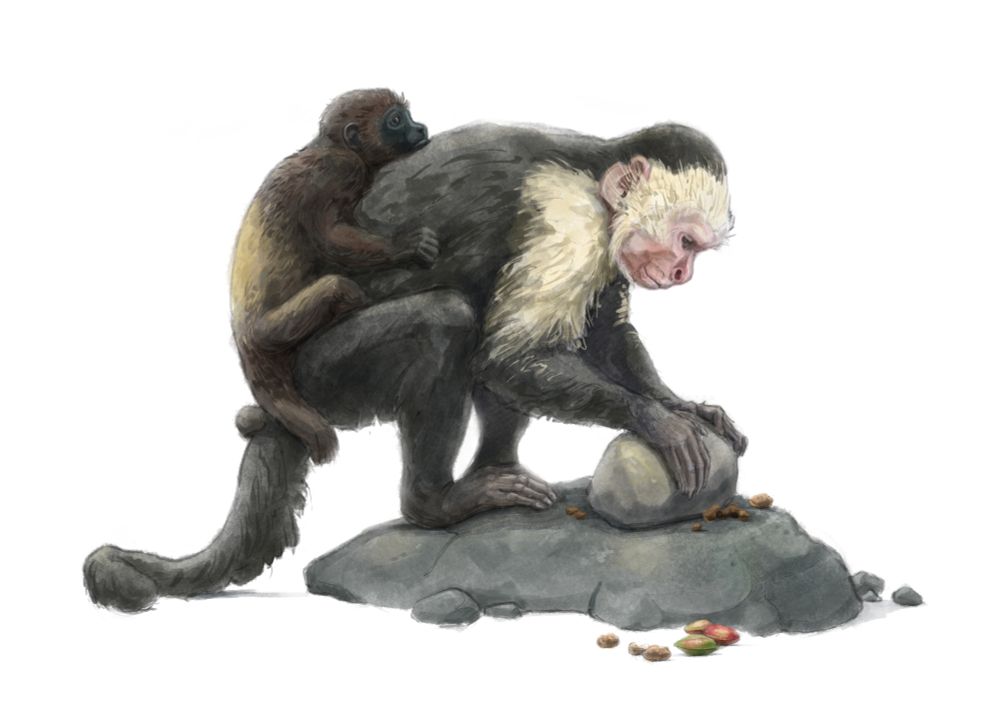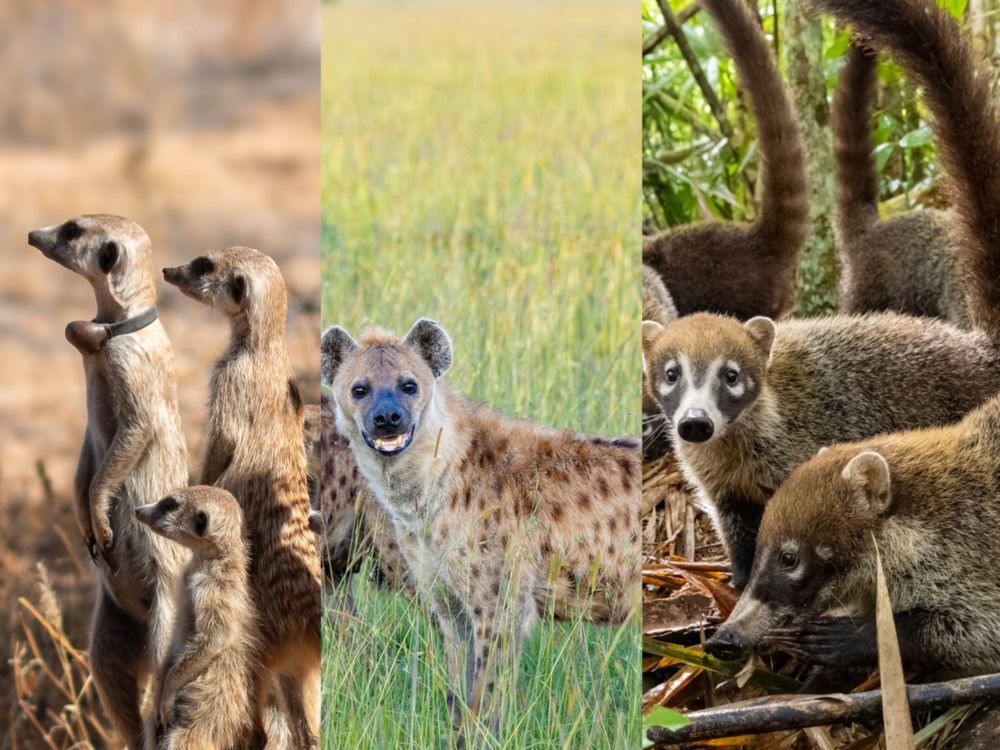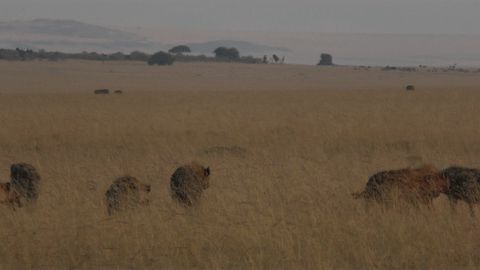Pranav Minasandra
@pminasandra.bsky.social
290 followers
280 following
19 posts
Nature and structure of animal behaviour | Postdoc and PhD @mpi-animalbehav.bsky.social | MSc and BS @iiscbangalore | English | ಕನ್ನಡ | हिन्दी | اردو | Dalit lives matter.
pminasandra.github.io
Posts
Media
Videos
Starter Packs
Pinned
Reposted by Pranav Minasandra
Reposted by Pranav Minasandra
Reposted by Pranav Minasandra
Reposted by Pranav Minasandra
Reposted by Pranav Minasandra
Reposted by Pranav Minasandra
Iris Bontekoe
@irisdb.bsky.social
· Jun 18
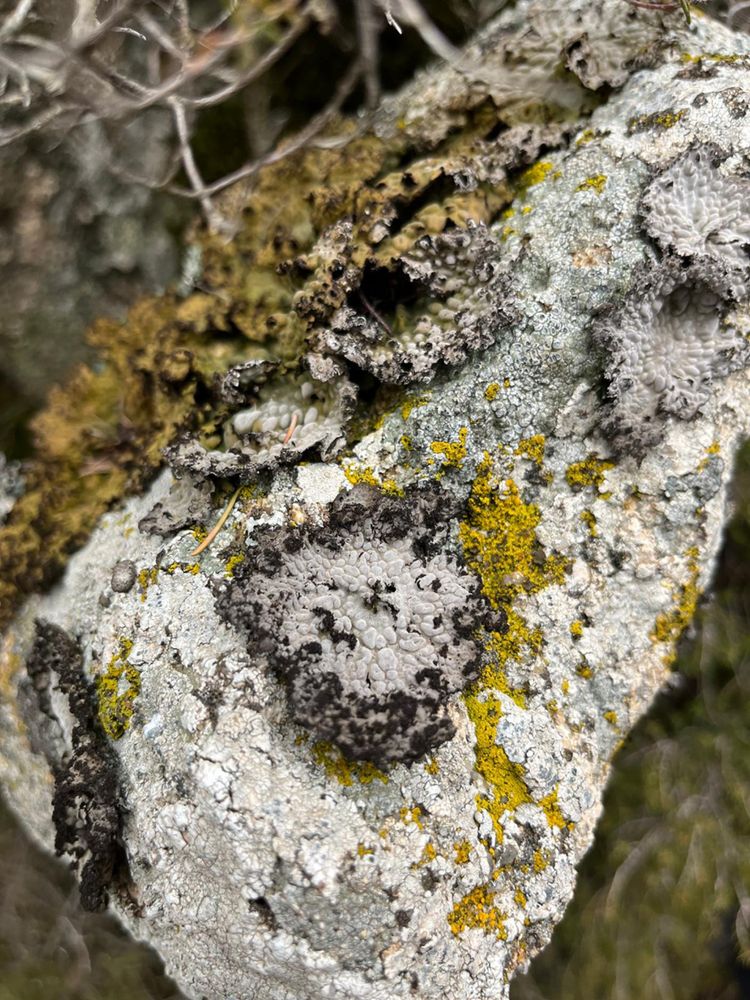
The study of social animal migrations: a synthesis of the past and guidelines for future research | Proceedings of the Royal Society B: Biological Sciences
Seasonal migration is a common behaviour seen in many species worldwide. There is
evidence that social factors influence various migration decisions, but compared to
the well-studied field of social f...
doi.org
Reposted by Pranav Minasandra
Reposted by Pranav Minasandra
